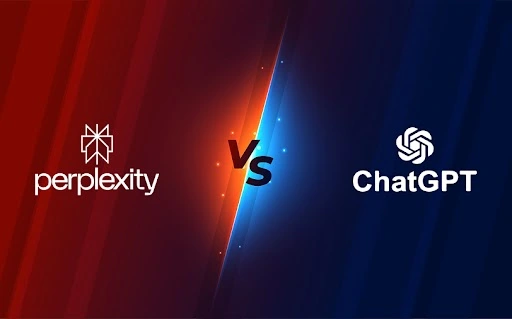_000v1q.png)
In the rapidly evolving landscape of artificial intelligence (AI), two terms frequently dominate discussions: machine learning and deep learning. While both fall under the umbrella of AI, understanding their distinctions is crucial for anyone looking to utilize the power of these technologies. Let’s dive deep into the world of intelligent algorithms and neural networks to explore what sets machine learning and deep learning apart.
The Foundation: Machine Learning
Machine learning (ML) is the bedrock of modern AI. At its core, ML is about creating algorithms that can learn from and make predictions or decisions based on data. Rather than following explicit programming instructions, these systems improve their performance through experience.
Key Characteristics of Machine Learning:
- Data-driven decision making
- Ability to work with structured and semi-structured data
- Reliance on human-engineered features
- Effectiveness with smaller datasets
- Higher interpretability
- Broad applicability across industries
Real-world Applications:
- Spam email detection
- Recommendation systems
- Credit scoring in financial services
- Weather forecasting
The Next Level: Deep Learning
Deep learning (DL) takes machine learning to new heights. Inspired by the human brain’s neural networks, deep learning uses artificial neural networks with multiple layers to progressively extract higher-level features from raw input.
Key Characteristics of Deep Learning:
- Ability to process unstructured data (images, text, audio)
- Automatic feature extraction
- Requirement for large datasets
- Complex, multi-layered neural networks
- Exceptional performance in perception tasks
- High computational demands
Real-world Applications:
- Facial recognition systems
- Autonomous vehicles -Natural language processing (e.g., chatbots, translation services)
- Medical image analysis for disease detection
Diving into the Differences
- Approach to Learning: ML often relies on predefined features and rules, while DL can automatically discover the representations needed for feature detection or classification from raw data.
- Data Requirements: ML can work effectively with thousands of data points. DL typically requires millions of data points to achieve high accuracy.
- Hardware Needs: ML algorithms can often run on standard CPUs. DL usually demands powerful GPUs or specialized hardware like TPUs (Tensor Processing Units) for efficient training and operation.
- Feature Engineering: In ML, features often need to be carefully identified and engineered by domain experts. DL automates this process, learning complex features directly from raw data.
- Training Time and Complexity: ML models generally train faster and are less complex. DL models can take days or weeks to train and may contain millions of parameters.
- Interpretability: ML models, especially simpler ones like decision trees, offer clearer insights into their decision-making process. DL models often function as “black boxes,” making interpretation challenging.
- Problem-Solving Approach: ML is often better suited for problems where understanding the model’s reasoning is crucial (e.g., healthcare diagnostics). DL excels in complex pattern recognition tasks where the sheer predictive power is more important than interpretability.
Choosing the Right Approach
The decision between machine learning and deep learning isn’t always straightforward. Consider these factors:
- Available Data: If you have a limited dataset, ML might be more appropriate.
- Problem Complexity: For highly complex tasks like image or speech recognition, DL often outperforms traditional ML.
- Interpretability Requirements: If you need to explain model decisions, simpler ML models might be preferable.
- Computational Resources: Consider your hardware capabilities and training time constraints.
- Expertise Available: DL often requires more specialized knowledge to implement effectively.
The Future of AI: Hybrid Approaches
As the field evolves, we’re seeing increasing integration of ML and DL techniques. Hybrid models that utilize the strengths of both approaches are emerging, promising even more powerful and flexible AI systems.
Mastering Machine Learning and Deep Learning with uCertify
For those eager to dive into these transformative technologies, uCertify offers comprehensive courses for both machine learning and deep learning. Our hands-on approach ensures you gain not just theoretical knowledge, but practical skills applicable in real-world scenarios.
Whether you’re a beginner looking to start your AI journey or a professional aiming to upgrade your skills, uCertify’s expertly crafted courses provide the perfect launchpad into the exciting world of machine learning and deep learning.
If you are an instructor, avail the free evaluation copy of our courses and If you want to learn about the uCertify platform, request for the platform demonstration.
P.S. Don’t forget to explore our full catalog of courses covering a wide range of IT, Computer Science, and Project Management. Visit our website to learn more.

_000v7P.png)


